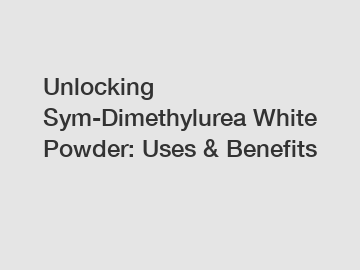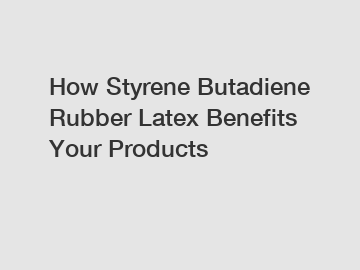What Are The Examples Of Anionic Surfactants?
Surfactants play a crucial role in various industries, serving as versatile compounds that can lower the surface tension between different phases. Anionic surfactants, in particular, are known for their excellent cleaning and foaming properties.
Understanding Anionic Surfactants:
Anionic surfactants are characterized by having a negatively charged hydrophilic (water-attracting) head and a hydrophobic (water-repelling) tail. This unique structure imparts them with the ability to interact with both water and oil, making them effective in a wide range of applications.
Examples of Anionic Surfactants:
Sodium Lauryl Sulfate (SLS):
Structure: CH₃(CH₂)₁₁OSO₃Na
Application: Commonly used in personal care products such as shampoos, body washes, and toothpaste for its excellent foaming and cleaning properties.
Sodium Laureth Sulfate (SLES):
Structure: CH₃(CH₂)₁₁(OCH₂CH₂)nOSO₃Na
Application: Similar to SLS, SLES is widely used in personal care products and household cleaners for its foaming and emulsifying abilities.
Linear Alkylbenzene Sulfonates (LAS):
Structure: R-C₆H₄-SO₃X (X can be Na, K, or other cations)
Application: Commonly used in laundry detergents and household cleaners for their effective cleaning and emulsifying properties.
Alpha Olefin Sulfonates (AOS):
Structure: R-CH=CH(CH₂)nSO₃X (X can be Na, K, or other cations)
Application: Used in personal care products and industrial applications for their high detergency and wetting capabilities.
Soaps (Fatty Acid Salts):
Structure: RCOO⁻Na⁺ (R represents a long hydrophobic chain)
Additional resources:
5 Key Advantages of Carpet Backing Latex for Enhanced Flooring
10 Things to Consider When Buying Artificial Grass Adhesives
Poly (propylene carbonate) (PPC) Production Process: A Comprehensive Overview
Can Silica Fume Enhance the Magic of Ceramics?
FAQs | Everything You Need to Know About Formic Acid
Features and Advantages of L-Glufosinate
How to Maximize Benefits from Haoze?Application: Traditional soaps are anionic surfactants derived from fatty acids and are utilized for cleaning and emulsifying oils.
Phosphates (Phosphoric Ester Salts):
Structure: ROPO₃³⁻² (R can be an alkyl or aryl group)
Application: Historically used in detergents for their ability to sequester calcium and magnesium ions, enhancing cleaning efficiency.
Applications of Anionic Surfactants:
Detergents:
Anionic surfactants are a key component in laundry detergents and dishwashing liquids due to their emulsifying and soil-suspending properties.
Personal Care Products:
Shampoos, body washes, and toothpaste often contain anionic surfactants for their foaming and cleaning abilities.
Industrial Cleaners:
Anionic surfactants find applications in various industrial cleaning formulations for their versatility in breaking down oils and greases.
Textile Processing:
Anionic surfactants are used in textile processing for wetting, scouring, and emulsifying.
Emulsion Polymerization:
They play a vital role in emulsion polymerization processes, aiding in the stabilization of polymer particles.
Environmental Considerations:
While anionic surfactants are widely used and effective, there are environmental concerns associated with some members of this class. Efforts are being made to develop more environmentally friendly surfactants and formulations to mitigate potential impacts.
Conclusion:
Anionic surfactants represent a diverse class of compounds with a wide range of applications in cleaning, personal care, and industrial processes. As industries continue to evolve, there is a growing emphasis on developing sustainable and environmentally friendly surfactants to meet the demands of a changing world. Understanding the structures, applications, and environmental considerations of anionic surfactants is crucial for informed decision-making in various sectors.
Why Choose Latex Over Rubber for Health?
How to Choose Between Latex and Rubber?
The Advantages of Applying Metal Corrosion Protection Styrene Acrylic Emulsion
10 Facts You Should Know about Styrene-butadiene Rubber Powder
How Does Sym-Dimethylurea Enhance Skincare Effectiveness?
Key Questions to Ask When Choosing Electric Vehicle Charging Stations
6-Amino-1,3-Dimethylpyrimidine-2,4-Dione vs. Alternatives: Which Reigns Supreme?
- Previous: 5 Key Advantages of Carpet Backing Latex for Enhanced Flooring
- Next: None










